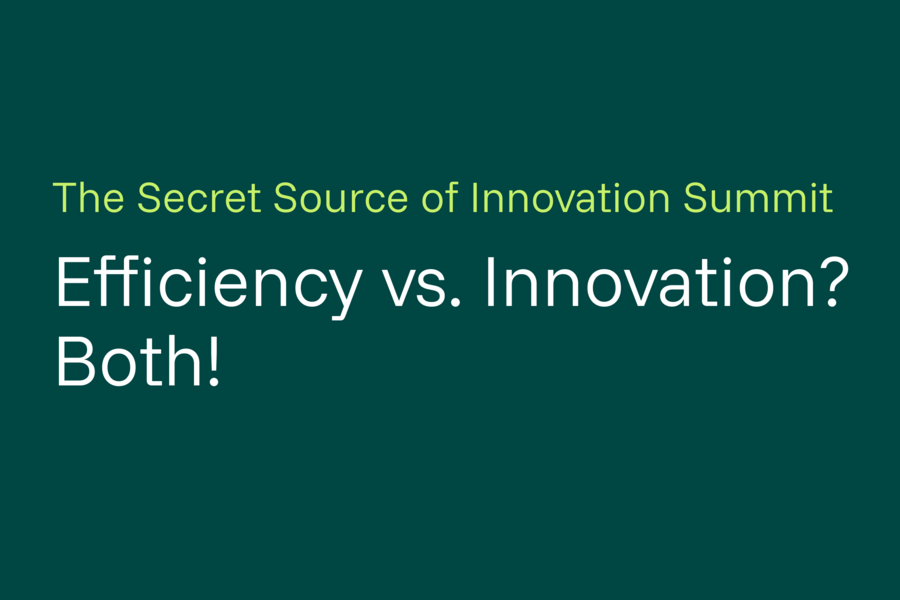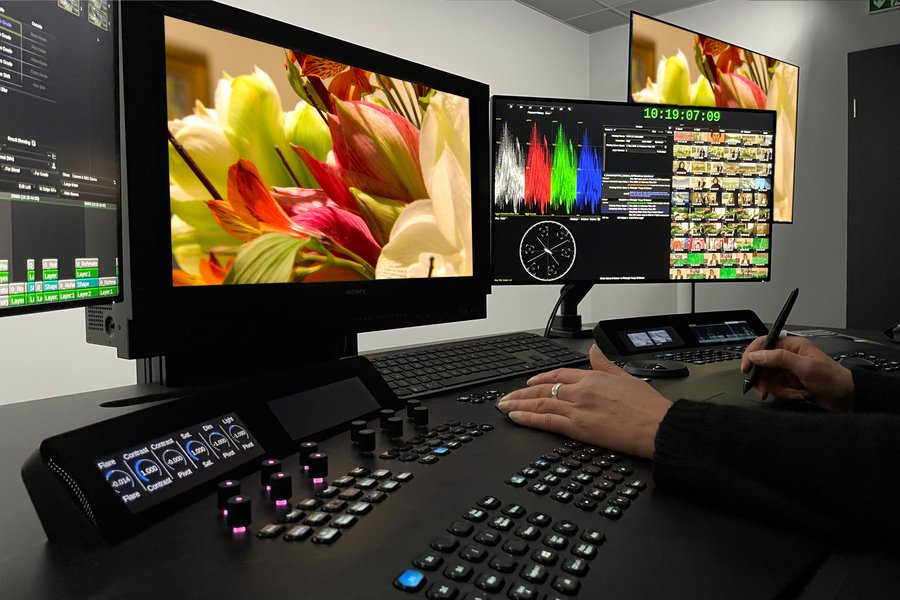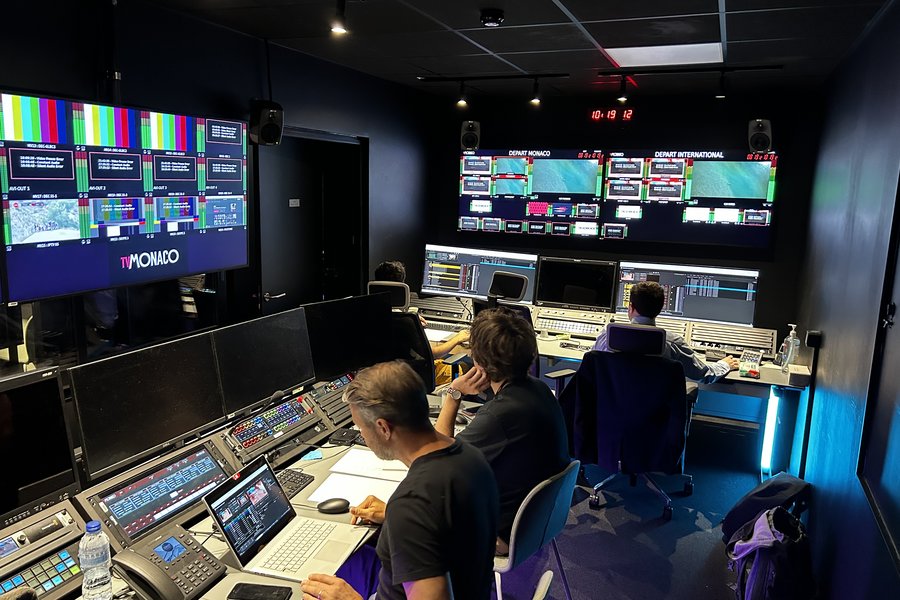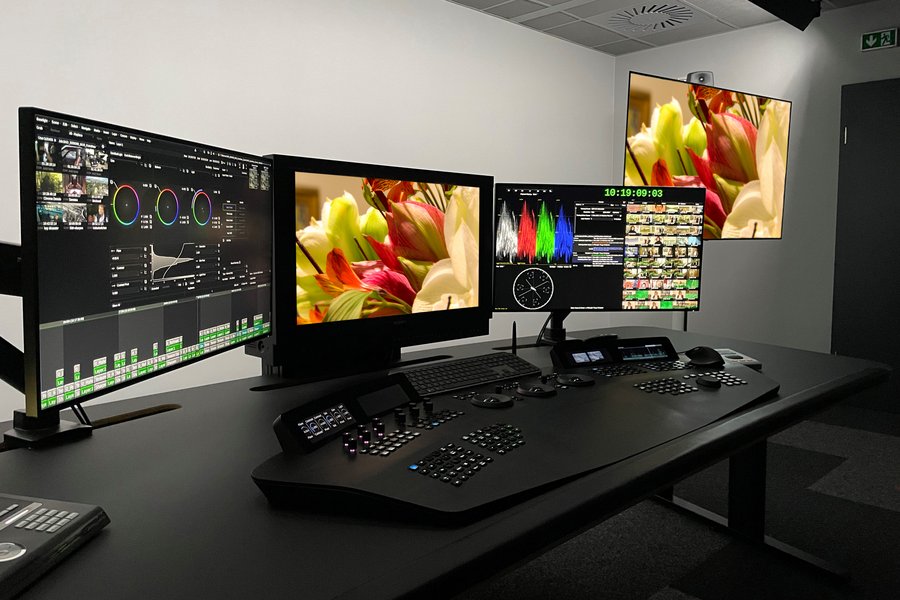Return on experience: Why media strategy is becoming a C-level issue

The stage no longer belongs to marketing alone
Customer experience (CX) has long been the domain of marketing departments: creatives designing campaigns, content, and digital platforms. That perspective is no longer enough, especially for companies evolving into publishers and platform operators. Brand channels, OTT platforms, immersive showrooms, and hybrid experience spaces are no longer just communication tools. They are central, data-driven, value-generating customer touchpoints. This positions them as growth engines and differentiators in many organizations.
The result: media strategy is no longer a “showcase,” but an operational lever that measurably drives revenue, margin, and value development. That brings a new – and previously underestimated – metric into focus for management: Return on experience (ROX).
1. Media strategy in transition: From optional to essential
Media platforms are no longer just brand stages or reach machines, they are becoming economic assets with a tangible return. Every interaction, engagement, conversion, and long-term relationship makes media investments visible, trackable, and optimizable. With modern technology, content impact becomes not just a feeling, but a measurable outcome.
What does this mean for executives? Those who understand and actively manage RoOX gain control over an underutilized lever of business management – with immediate impact on key financial metrics.
Companies like Qvest support this shift by empowering organizations to view media investments not as cost centers, but as mechanisms of value creation. The paradigm is clear: Media strategy today is a steering discipline, not just a marketing one.
2. ROX as a new “controlling currency” – what really matters to CFOs or CROs
Return on experience is more than just a buzzword. It directly measures the economic value created through media-driven customer interactions. ROX is as concrete as CAC (customer acquisition cost), CLV (customer lifetime value), or ROI (return on investment), with the added benefit of providing a more integrated view of the customer journey and its business effects.
Key ROX KPIs include:
-
Engagement rate: How intensely is the audience using digital platforms?
-
Time spent: How long and how deeply do users engage with content?
-
Conversion rate: How many prospects become customers?
-
Usage behavior: Which content drives real action or revenue triggers?
-
Retention rate: How sustainable are audio-visual formats over time?
Once the technology stack is in place, all these KPIs can be transparently measured, analyzed, and optimized. The prerequisite: modern, integrated platform and data architectures.
3. Media technology becomes core to corporate governance
Only with the right tech foundation from system integration to analytics can brand channels realize their full economic potential. They become business platforms: scalable, user-centric, experiential, and above all, measurable.
We integrate four key action areas that make media strategy economically relevant:
-
Foresight & innovation: Early identification of new formats and technologies ensures future readiness.
-
Change Management: Teams are enabled to adopt new tools and workflows with maximum impact.
-
Systems Integration: Media tech merges with IT and data infrastructure into scalable, efficient ecosystems.
-
Customer Experience: Content is designed from the user’s perspective – platforms inspire and retain.
In this way, media strategy becomes a fixed part of the corporate value chain – measurable down to the individual user interaction.
4. ROX in practice: Measurable value across industries
Retail – immersive, interactive showrooms boost conversion and basket size
Studies confirm: investing in digital technologies and innovative CX significantly increases conversion rates and average cart values. Brick-and-mortar retail sees average conversion rates of 20–40%, while tools like in-store displays or AI personalization can increase profit margins by up to 25% (Forrester Research). Digital signage, for example, can boost in-store engagement by 35%, directly driving conversion and sales. PwC also highlights that the combination of real-time measurement and high-quality experiences reliably drives revenue growth.
Mobility: OTT platforms as community hubs and monetization channels
Leading automotive brands are launching their own OTT platforms to strengthen brand loyalty and unlock new revenue streams from in-app services to after-sales offerings. Studies show these direct channels increase engagement, deliver real-time insights into user behavior, and enable upselling, service optimization, and product development. OTT platforms are becoming strategic assets for marketing, value creation, and monetization alike.
Pharma: Personalized, interactive knowledge platforms optimize knowledge transfer
Personalized video and e-learning platforms are becoming standard in pharma, enabling targeted education for physicians, pharmacists, and patients. The payoff: reports show significantly reduced training costs, shorter time-to-market, and improved compliance and knowledge transfer. This is confirmed by practice, including shorter product launch times and more precise audience reach.
5. CFOs as drivers of corporate media strategy: New roles, new responsibilities
Media strategy is no longer just a creative issue, it's a controlling case. CFOs are becoming key players at the intersection of marketing, IT, and business development. By managing media budgets proactively and data-driven, they reduce scatter loss, maximize impact, and build internal value creation.
Three reasons CFOs should act now:
-
Media budgets continue to rise, ROI transparency is no longer optional.
-
Platforms become valuable corporate assets, reshaping traditional value chains.
-
Real-time analytics enables continuous optimization and competitive edge.
The task: CFOs must go beyond approving media budgets, they must shape them economically, technologically, and content-wise. With KPIs that directly drive growth, efficiency, and future viability.
6. The path to measurable ROX
We view media strategy holistically – turning content, technology, and data initiatives into investable, scalable business platforms. An RoX framework ideally follows four hands-on steps:
-
Analysis: Where does your organization stand today? Which platforms and KPIs exist? Where is untapped potential?
-
Goal-setting: Which performance indicators matter for your business model? Together, we define KPIs that are transparent and actionable for CFOs and CXOs.
-
Implementation: Build modern, scalable media and data ecosystems – integrated with your existing IT stack.
-
Optimization: Continuous monitoring and data-driven steering to keep platforms aligned with users, market, and business goals.
Final thought: ROX-driven media strategy as a value driver
Future viability demands more than communication skills: It requires media strategy to be led economically and data-based. CFOs who act today will shape tomorrow’s differentiation and transformation.
Turn your media strategy into a controlling case and lead the way in unlocking your return on experience.
Want to know the ROX your platform already delivers and what potential lies ahead? Let’s talk. We’ll help you gain clarity and build a media strategy that turns experiences into returns.

















































































